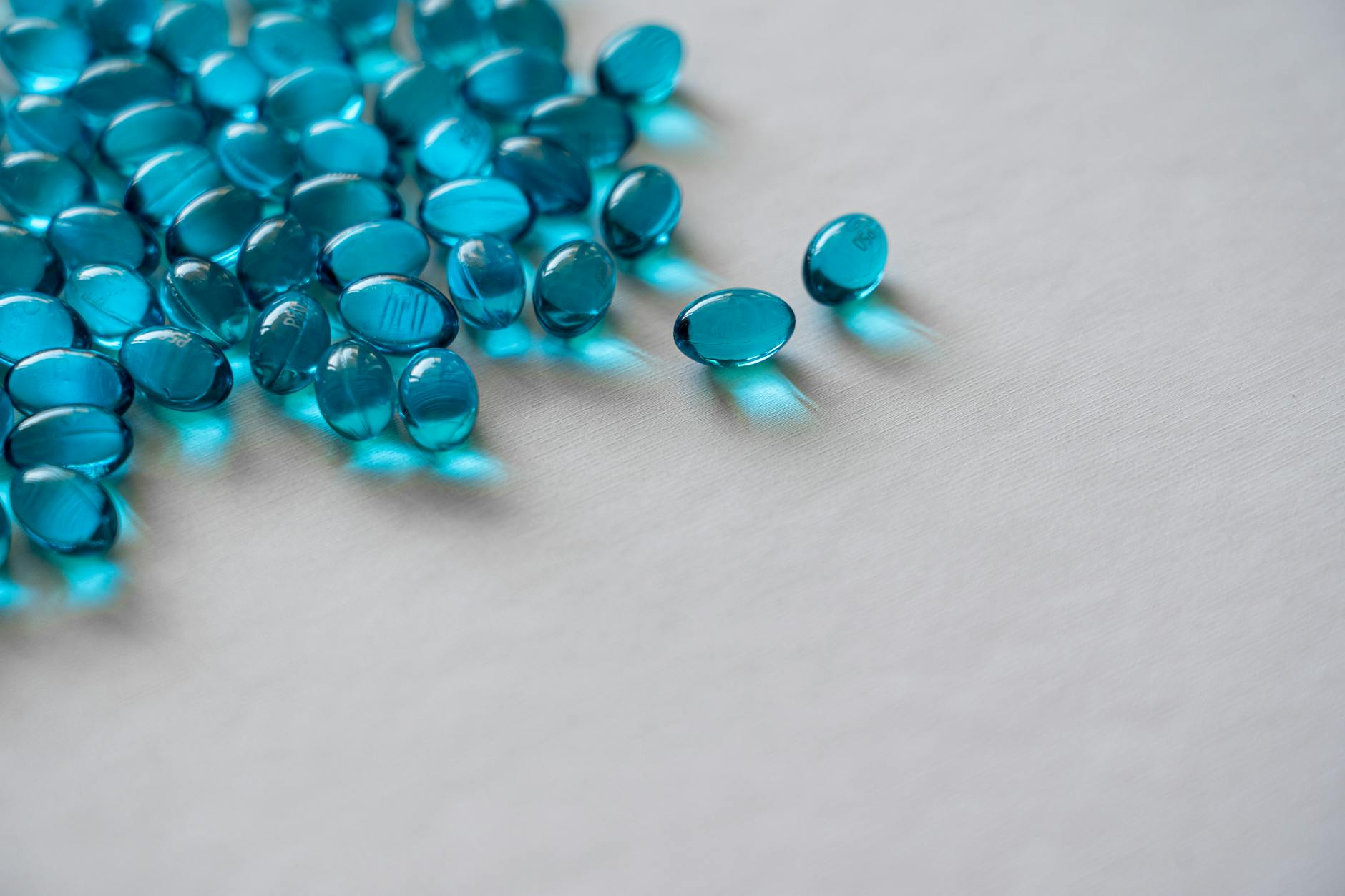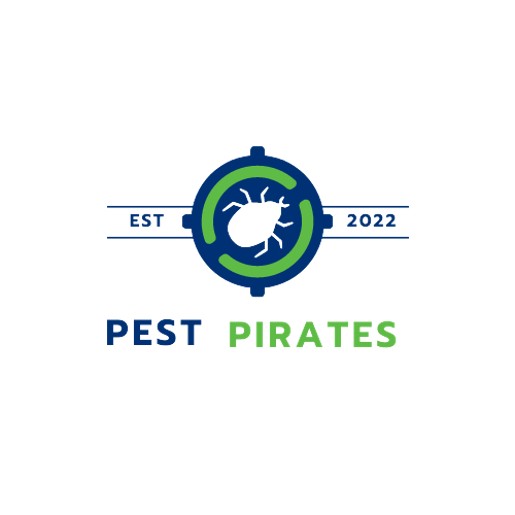
Chemical Termite Treatments
When you’re facing a termite infestation, understanding your options for treatment is crucial. Chemical termite treatments are a common and effective approach to protecting your home against these destructive pests.
Types of Termiticides
The pesticides used for the prevention or treatment of termite infestations are known as termiticides. To ensure the safety and effectiveness of these treatments, termiticides must demonstrate their ability to protect structures before gaining registration for use (EPA). They come in various forms, each designed to combat different types of termites, whether they are drywood, dampwood, or Formosan termites.
Some termiticides act as repellents, deterring termites from entering the area, while others are non-repellent and can eliminate termites that pass through the treated zone. Your choice of termiticide will depend on the severity and type of infestation, the location of your property, and whether you’re looking for a preventative or a treatment measure.
Soil-Applied Barrier Treatment
The most common technique for addressing termite infestations is the soil-applied barrier treatment. These chemicals are applied to the soil around and under your home’s foundation, creating a treated zone that termites cannot cross without being exposed to the termiticide. For a barrier treatment to be effective, the termiticide must be specifically labeled for this use.
Products like Termidor, considered one of the best on the market, can provide protection against termites for up to eight years. The application requires a precise volume to be effective, typically around 10 liters per linear meter.
It’s important to note that legislation changes between 2001 and 2004 mandated that chemical treatments for new house builds must be replenishable. This has led to an increased preference for physical termite barriers in construction. These barriers, which are laid around the house during construction, can last for up to 20 years. However, they act more as deterrents rather than complete eliminators of termites.
Understanding these options allows you to make an informed decision on the best course of action for your home. Whether you opt for a chemical barrier treatment or integrate it with physical barriers and regular inspections, it’s crucial to stay proactive in protecting your home from termite damage. If you’re considering a DIY approach, compare it against professional termite treatment to weigh the effectiveness and safety of each option.
Comparing Termite Treatment Methods
When facing a termite infestation in your home, it’s crucial to weigh the treatment options available to you. Two popular methods are liquid termiticides and termite baiting systems. Each has its own set of pros and cons that you should consider to determine the best course of action for your situation.
Liquid Termiticides
Liquid termiticides are a widespread solution for eliminating termites. As the most common method, it involves creating a chemical barrier around your home’s foundation. Termites that pass through this barrier come into contact with the termiticide, which is designed to kill them. This method is not only effective for existing homes with termite infestations but also during the construction phase of new buildings as a preventative measure.
According to Hulett Environmental Services, liquid termite treatment is particularly appealing when termites need to be eliminated quickly, which is often the case when preparing to sell a home or when significant structural damage is present and requires immediate attention.
Here is a quick comparison of some key aspects of liquid termiticides:
| Feature | Liquid Termiticides |
|---|---|
| Speed of Action | Fast |
| Application | Around home’s foundation |
| Effectiveness | High for immediate surroundings |
| Suitability | Existing and new constructions |
For more detailed information on different chemical termite treatments, explore liquid termiticides vs baiting systems.
Termite Baiting Systems
Termite baiting systems present an alternative to liquid treatments. They are often recommended for homes with features that make liquid treatment less feasible, such as the presence of wells, ponds, sub-slab heating ducts, or unique construction elements. In these cases, termite baiting stations become the preferred method of treatment.
The baiting systems work by attracting termites to bait stations that contain slow-acting poison. Once termites feed on the bait, they carry the poison back to their colony, which eventually leads to the colony’s demise. While this method is more gradual compared to liquid termiticides, evidence suggests that treating large colonies with baits might be more effective in the long run. However, ongoing research is necessary to confirm these findings (Hulett Environmental Services).
Here’s a comparison of termite baiting systems:
| Feature | Termite Baiting Systems |
|---|---|
| Speed of Action | Slow, but effective for large colonies |
| Application | Bait stations around the property |
| Effectiveness | High for entire colonies over time |
| Suitability | Homes with specific features hindering liquid treatment |
If you’re considering termite baiting systems, you may find our guide on best termite baits helpful.
In conclusion, the choice between liquid termiticides and termite baiting systems depends on various factors including the urgency of the situation, the size of the termite colony, the construction features of your home, and environmental considerations. It’s important to consult a reliable termite control company for an expert assessment and to determine the most suitable termite treatment method for your home.




